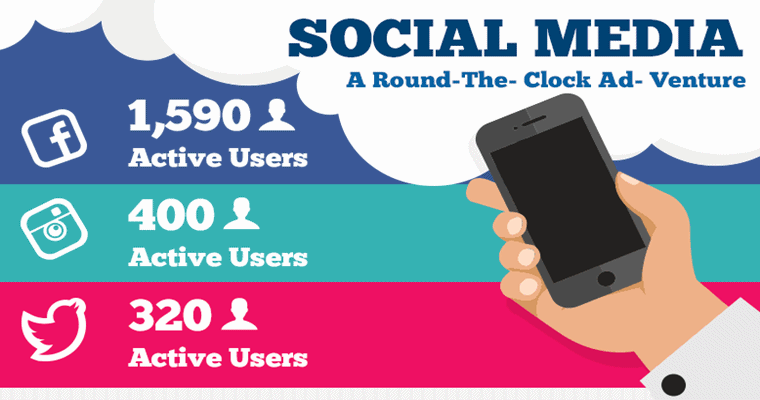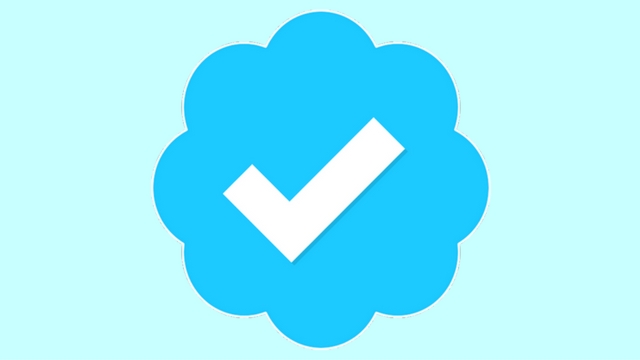LinkedIn isn’t like most social media platforms out there. You can’t just transfer the same strategies and types of content you post on Facebook, Instagram, or Twitter over to LinkedIn and expect people to be interested.
This is because people don’t use the platform the same way they use other social networks. Obviously, they approach the platform with a more professional, reserved presence that speaks more to their career goals and market knowledge than personal photos from vacations or the latest memes.
Still, LinkedIn can be an incredible tool for growing your business, whether you are in a B2B industry or primarily provide services or products to consumers. The key is knowing how to change up your typical social media strategies for the new platform.
Thankfully, Leisure Jobs has created a detailed cheat sheet which breaks down everything you could need to know about how to do LinkedIn right. It includes every area you could imagine, including personal profile construction, business listing strategies, some quick secrets to standing out from others on the platform, and much, much more.
You can see the infographic below, or check it out here for the high-resolution version.















